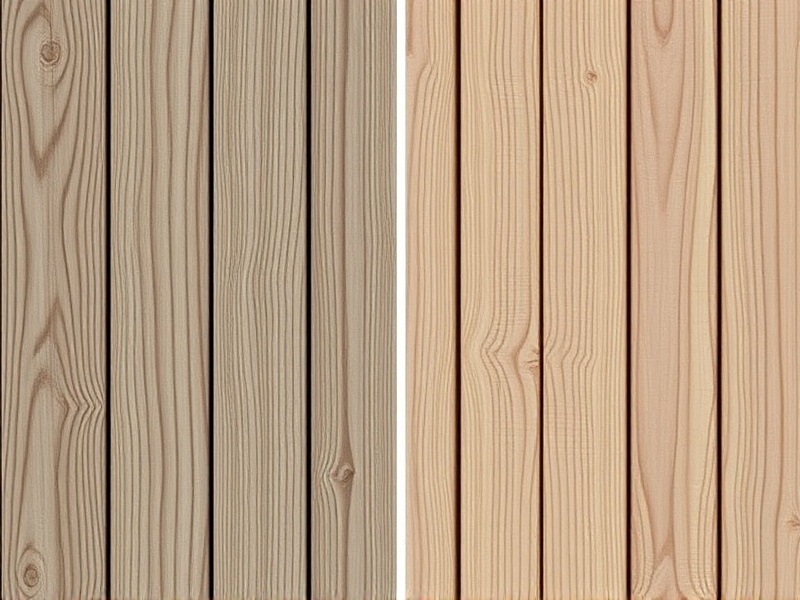Our Location
304 North Cardinal St.
Dorchester Center, MA 02124
Evaluate the environmental impact of composite and wooden deck boards, focusing on sustainability, recycling potential, and carbon footprint to guide eco-conscious consumers.

In recent years, the choice between composite decking board and traditional wood has become a significant consideration for homeowners looking to build or renovate their outdoor spaces. Both options offer unique advantages and disadvantages when it comes to sustainability and environmental impact. This article aims to assess these ecological implications, highlighting the benefits and drawbacks of each material in terms of sustainability.
Composite decking is often touted as an eco-friendly alternative to traditional wood due to its use of recycled materials such as plastic bottles and wood fibers. The manufacturing process for composites generally involves less energy than that of harvesting and processing virgin wood. Additionally, composite decking does not require regular treatments like staining or sealing, which reduces the need for chemicals that could leach into the environment. However, the production of composites still requires the extraction and processing of raw materials, which can have a significant carbon footprint. Moreover, while they are more durable and longer-lasting than wood, disposal at the end of their lifecycle can be challenging, as they are not biodegradable.
On the other hand, wood offers natural beauty and warmth that many find appealing. Sustainably sourced wood from responsibly managed forests can be a renewable resource, contributing positively to carbon sequestration. However, the environmental cost of wood decking includes the energy-intensive processes of logging, transportation, and treatment. Furthermore, wood decks require regular maintenance, including staining and sealing, which often involve chemical treatments that can harm local ecosystems if not properly managed. The lifespan of untreated wood is shorter compared to composite materials, leading to more frequent replacements and higher overall environmental impact over time.
When comparing the two materials, it’s essential to consider not only the initial environmental impact but also the long-term sustainability of each option. Composite decking may have a higher upfront cost and a larger carbon footprint during production, but its longevity and low maintenance requirements can offset these factors over time. Conversely, while wood is a renewable resource, the environmental costs associated with harvesting, processing, and maintaining it can outweigh its benefits unless sourced sustainably. The choice between composite and wood should be based on individual circumstances, including budget, maintenance preferences, and commitment to sustainability.
The decision between composite decking board and wood for your next project involves weighing several factors related to sustainability and environmental impact. Both materials have their pros and cons, and the best choice depends on personal values, lifestyle, and specific project needs. By carefully considering these aspects, homeowners can make informed decisions that align with their commitment to eco-friendliness and sustainable living.